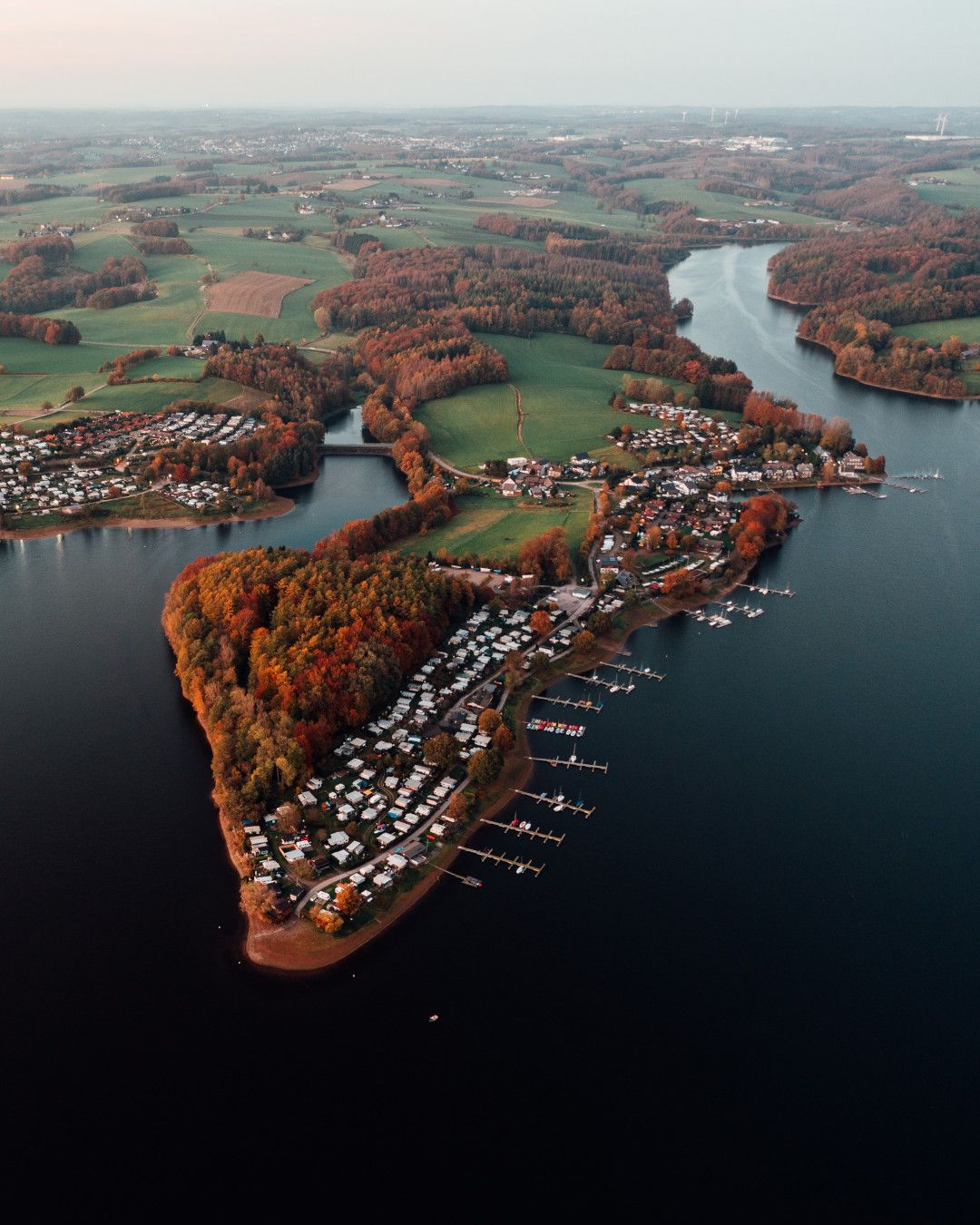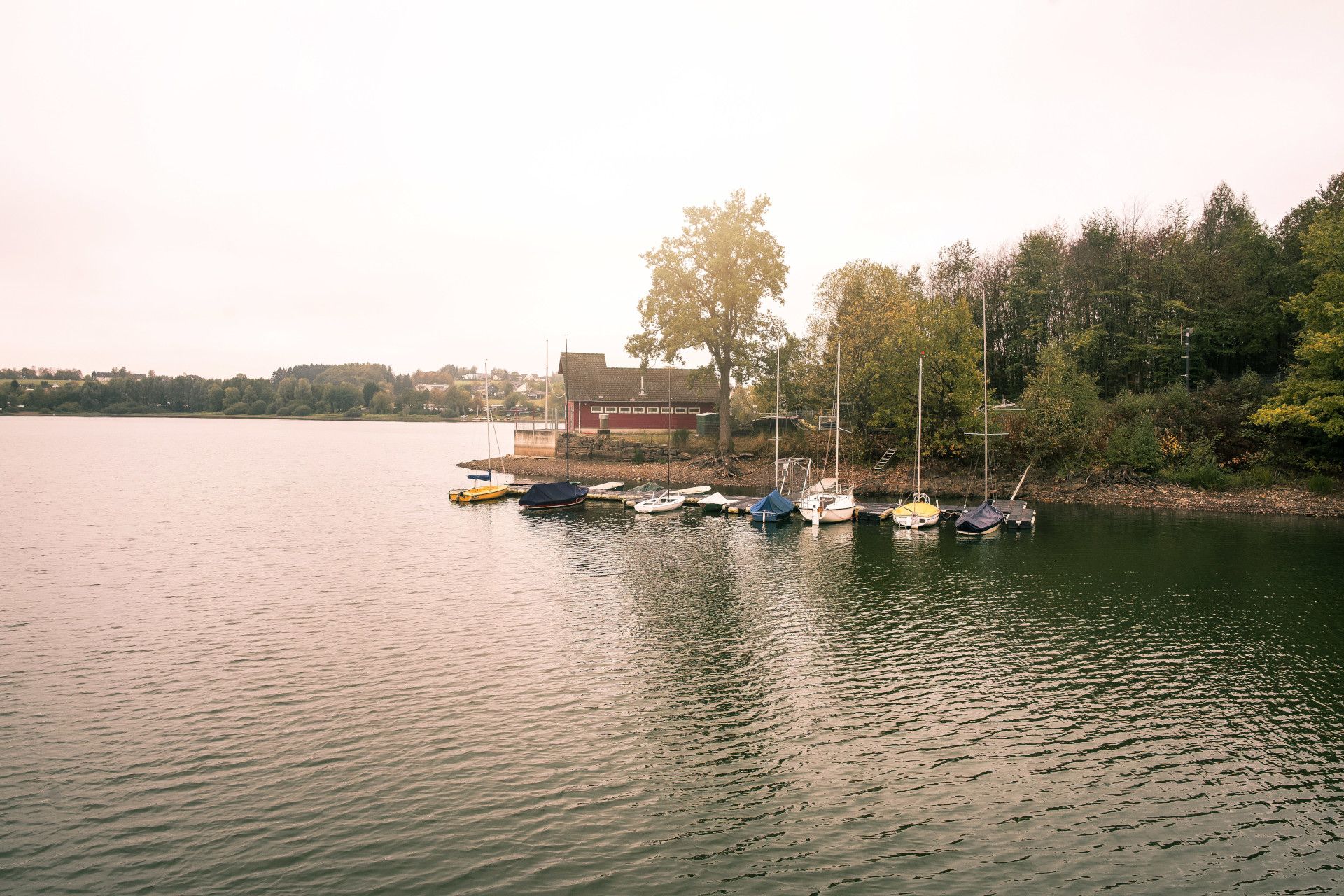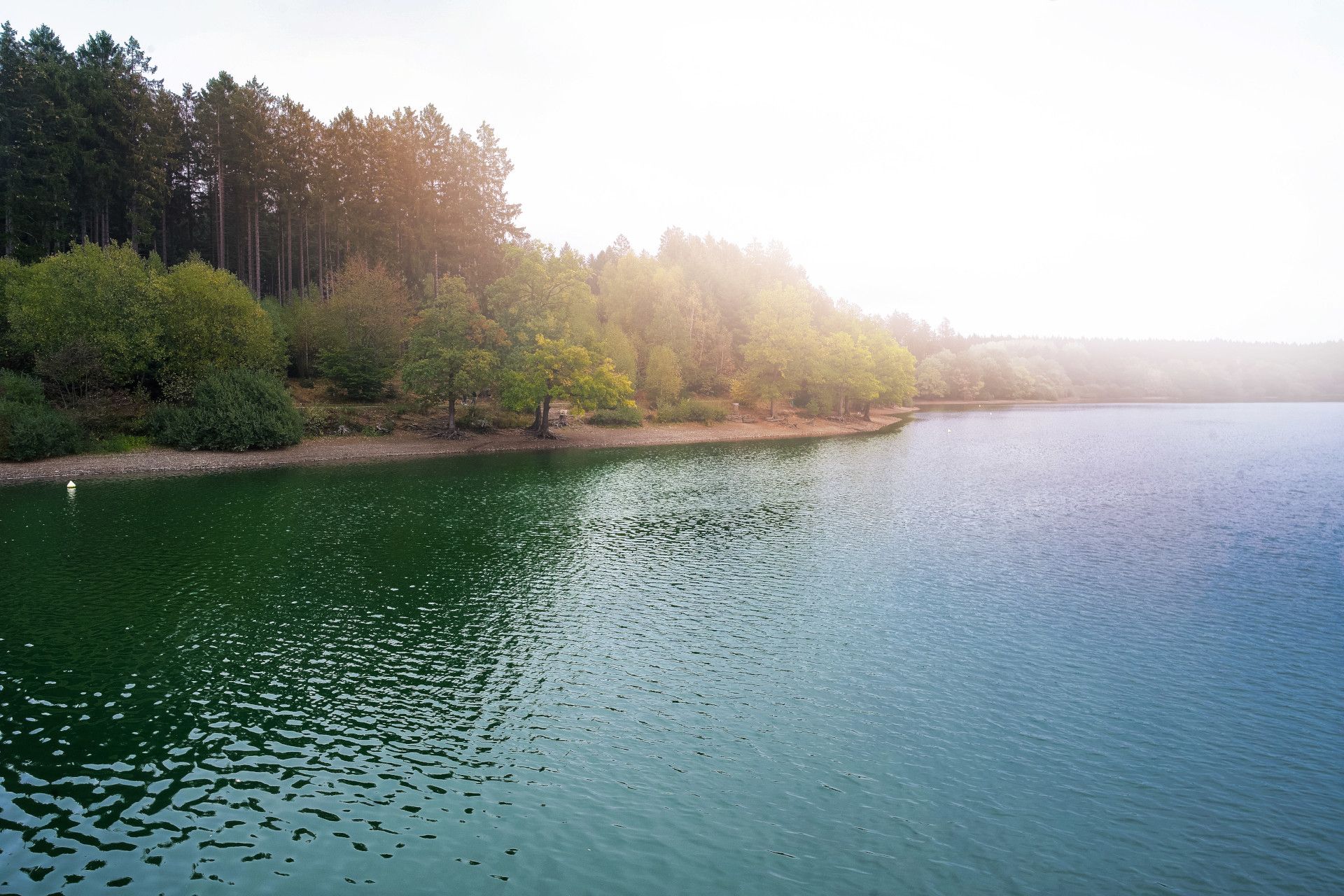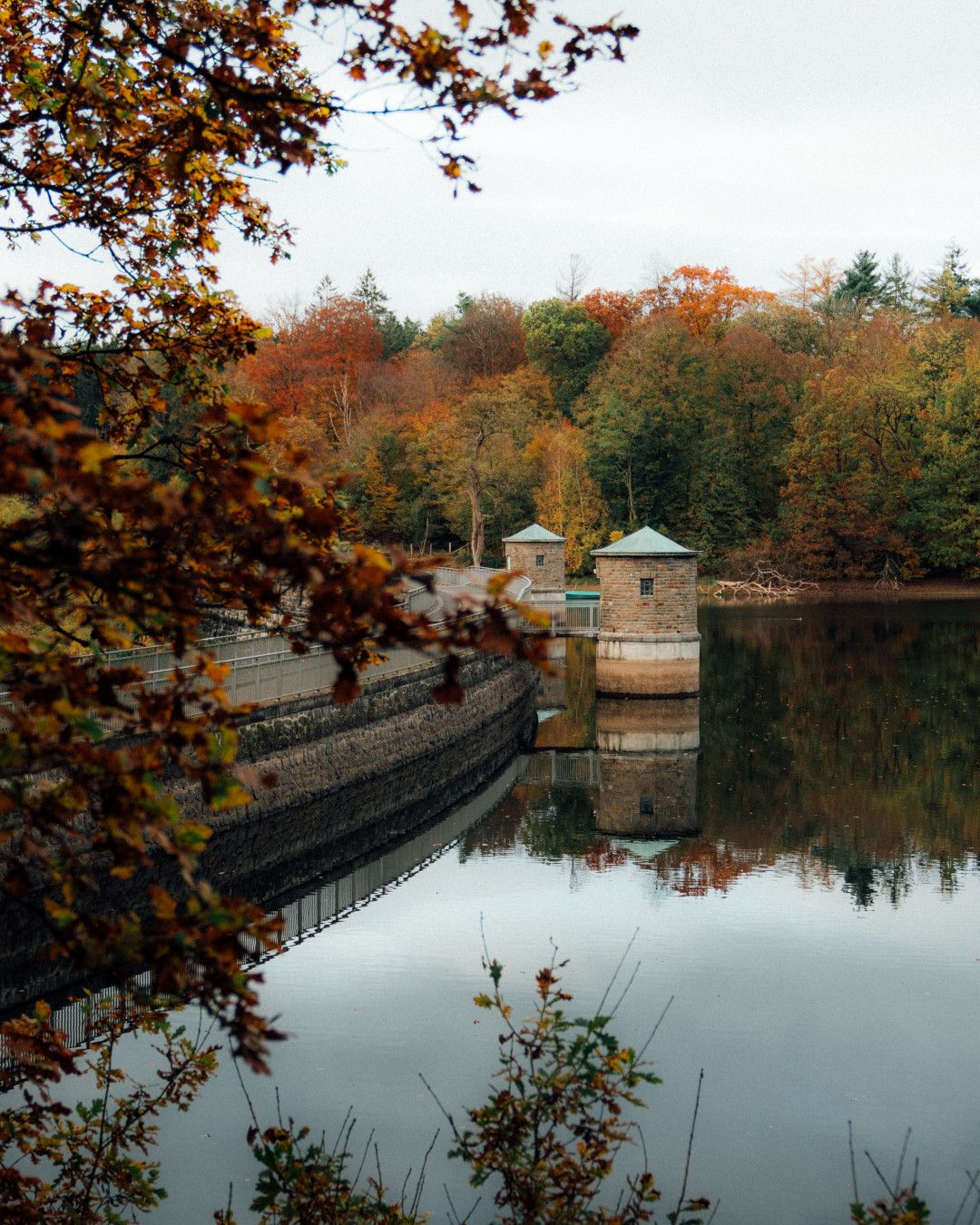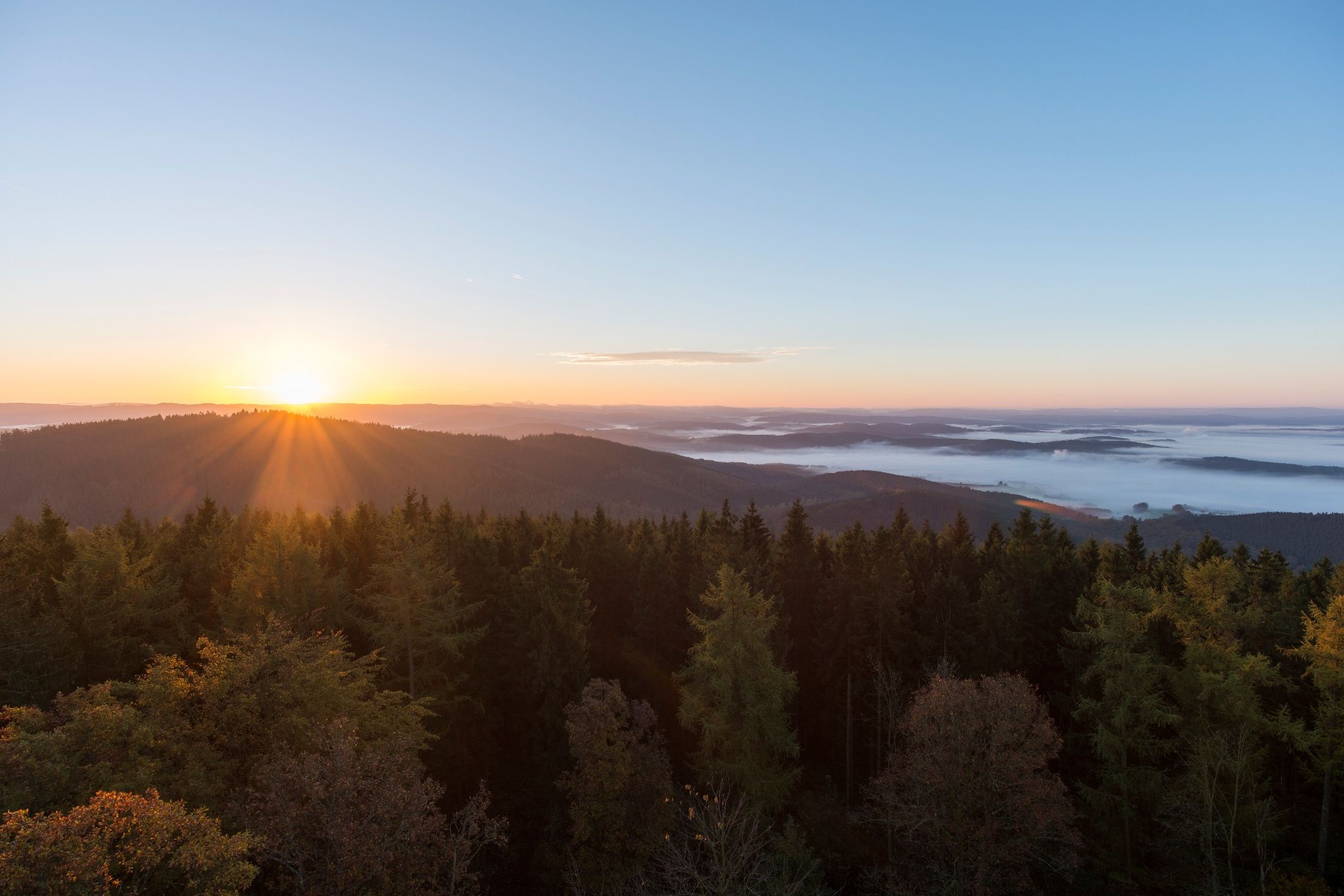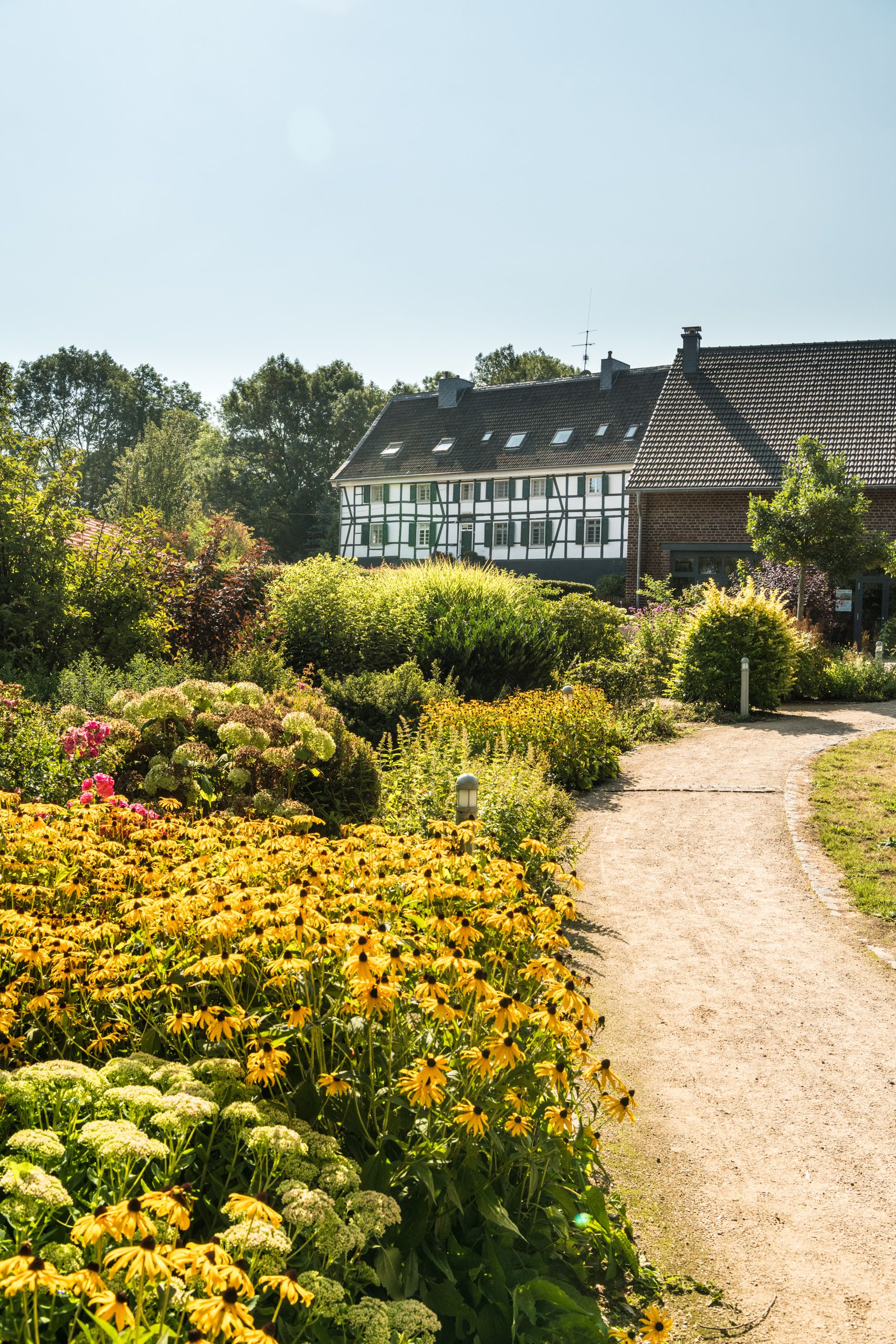The name "Water Quintet" is derived from the five dams that lie along the route: The route circles the Wupper, Bever, Lingese, Neye and Brucher dams in seven stages over a distance of around 100 kilometers. These were once built to produce drinking water and regulate flooding and have now developed into valuable nature and recreation areas.
Each of the five dams has its own character. While the Bever Dam offers a wide range of leisure activities, the secluded location and largely natural shoreline of the Bruch Dam make it an attractive destination for those seeking peace and quiet. Architecture from the period of industrialization, the use of hydroelectric power and old railroad lines characterize the villages below the Wuppertal Dam. At the railroad station in Dahlhausen, you can marvel at historic rail vehicles, while in Dahlerau you can see the buildings of a textile factory with its own housing estates and stores. The "textile town of Wülfing" even has its own museum.
In addition to the large water quintet circuit, which runs through four municipalities in the Oberberg region, the diverse landscape can also be explored on 11 circular loops. There is also the Wasserquintett cycle path, which invites you to discover the Wasserquintett on 73 kilometers of signposted cycle route, 28 kilometers of which are railroad tracks.
